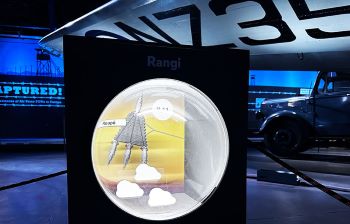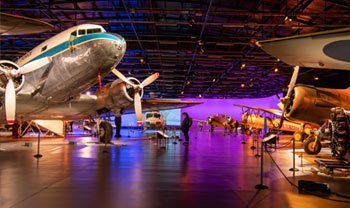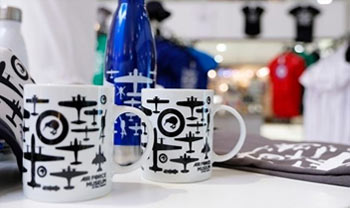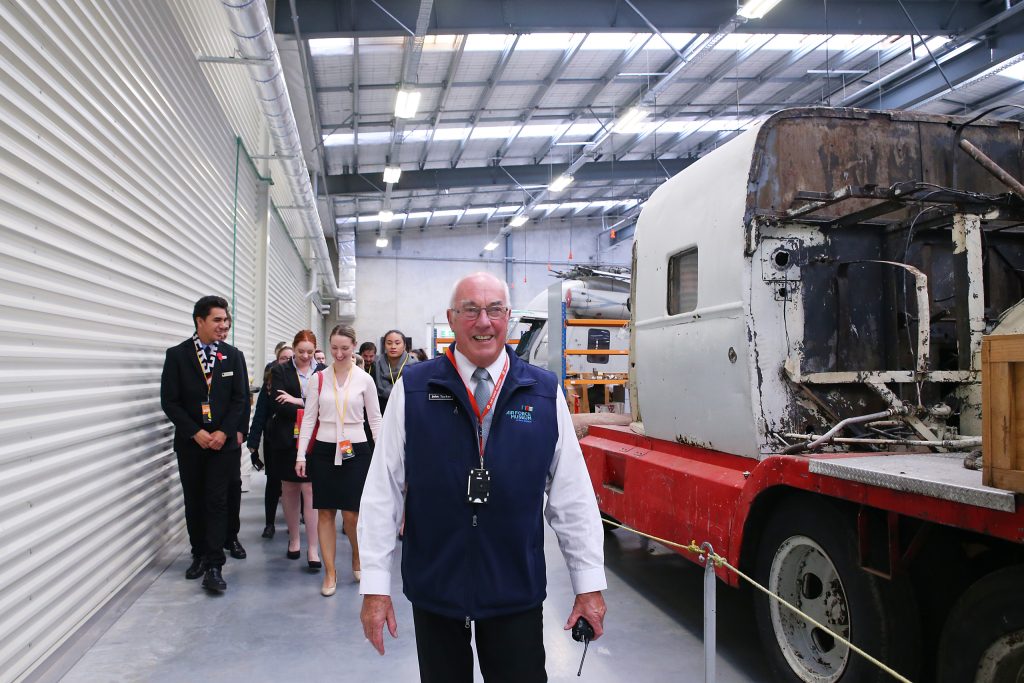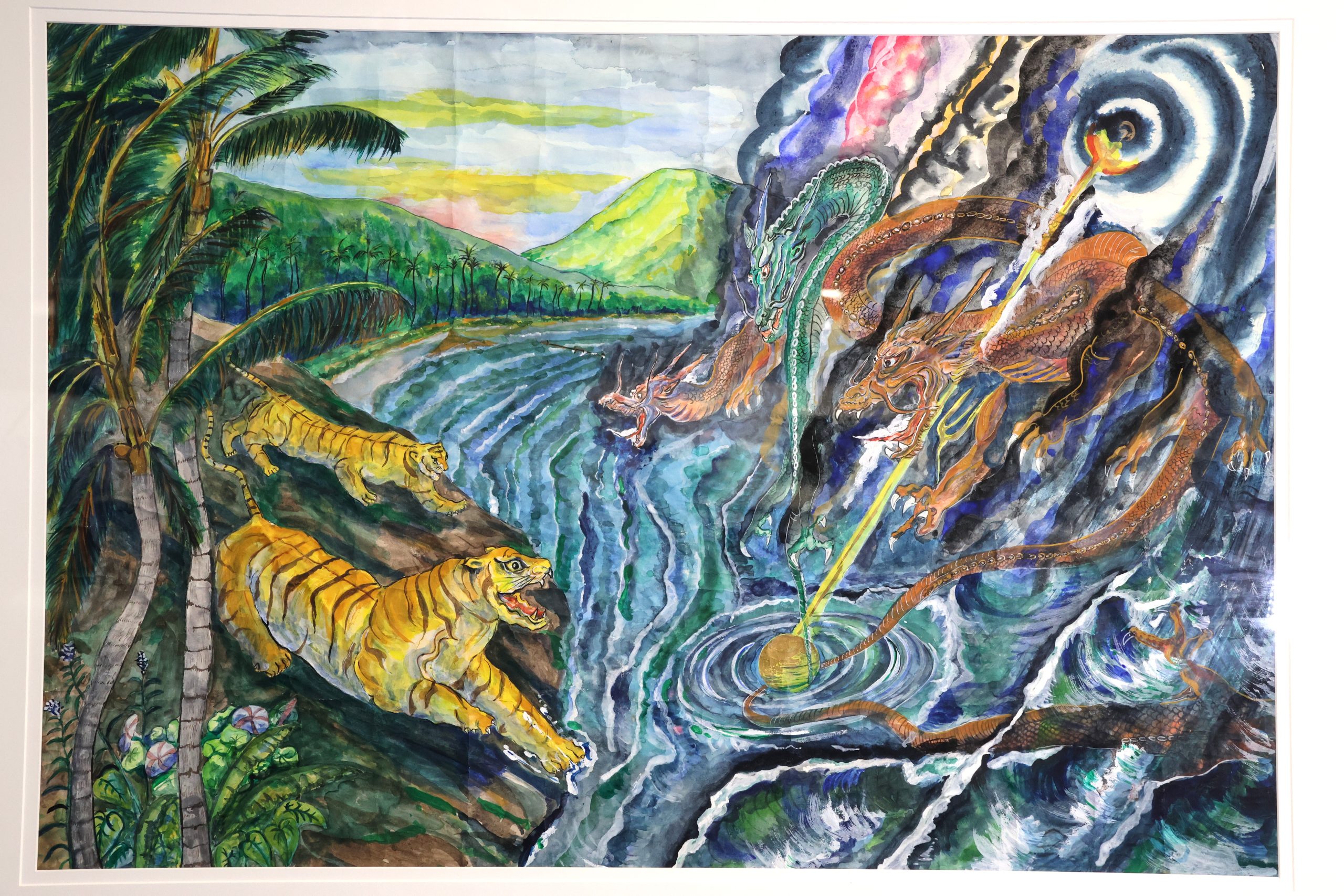On Monday 15 January 1945, a strike by the RNZAF’s No. 14 and 16 Squadrons’ Corsairs on Simpson Harbour at Rabaul, Papua New Guinea ended in tragedy. One of the pilots, Flight Lieutenant Francis Keefe was hit by flak and wounded in the arm but managed to parachute into the harbour.
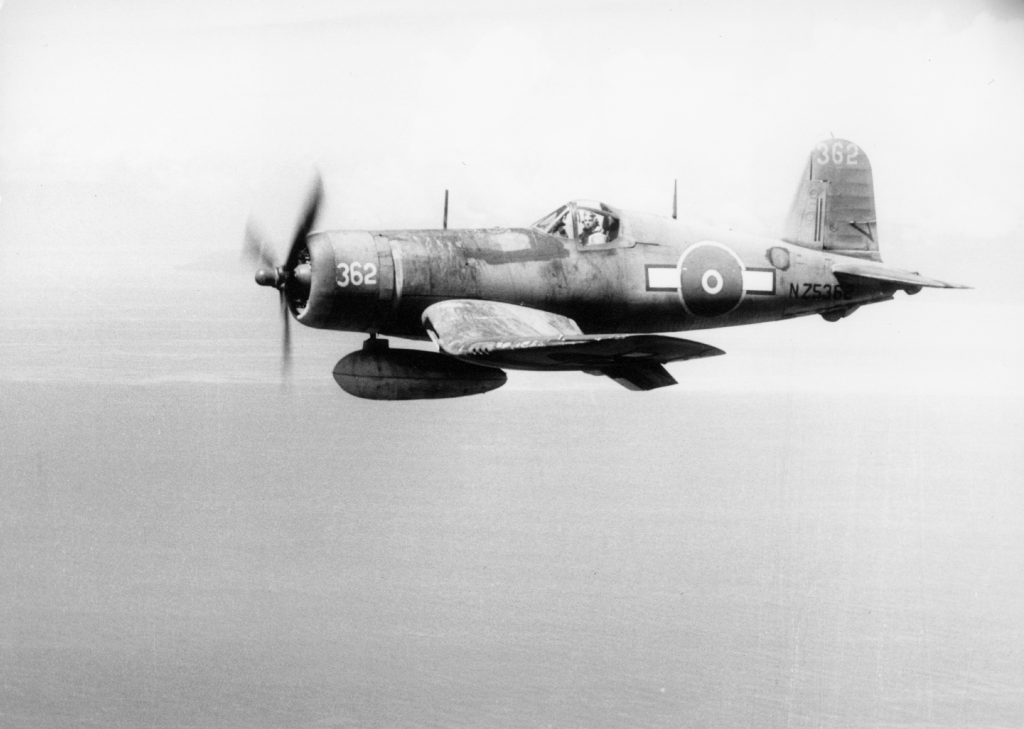
His comrades attempted to protect him so that a Catalina flying boat could rescue him, and later, as dusk fell a Ventura tried to drop bamboo rafts to Keefe. The fire in both cases was too great from the Japanese defenders. The Corsairs were forced to leave Keefe and head home. Keefe was picked up by the Japanese and post war several Japanese spoke of talking to him on his stretcher. Sadly, he died of blood poisoning two weeks later.
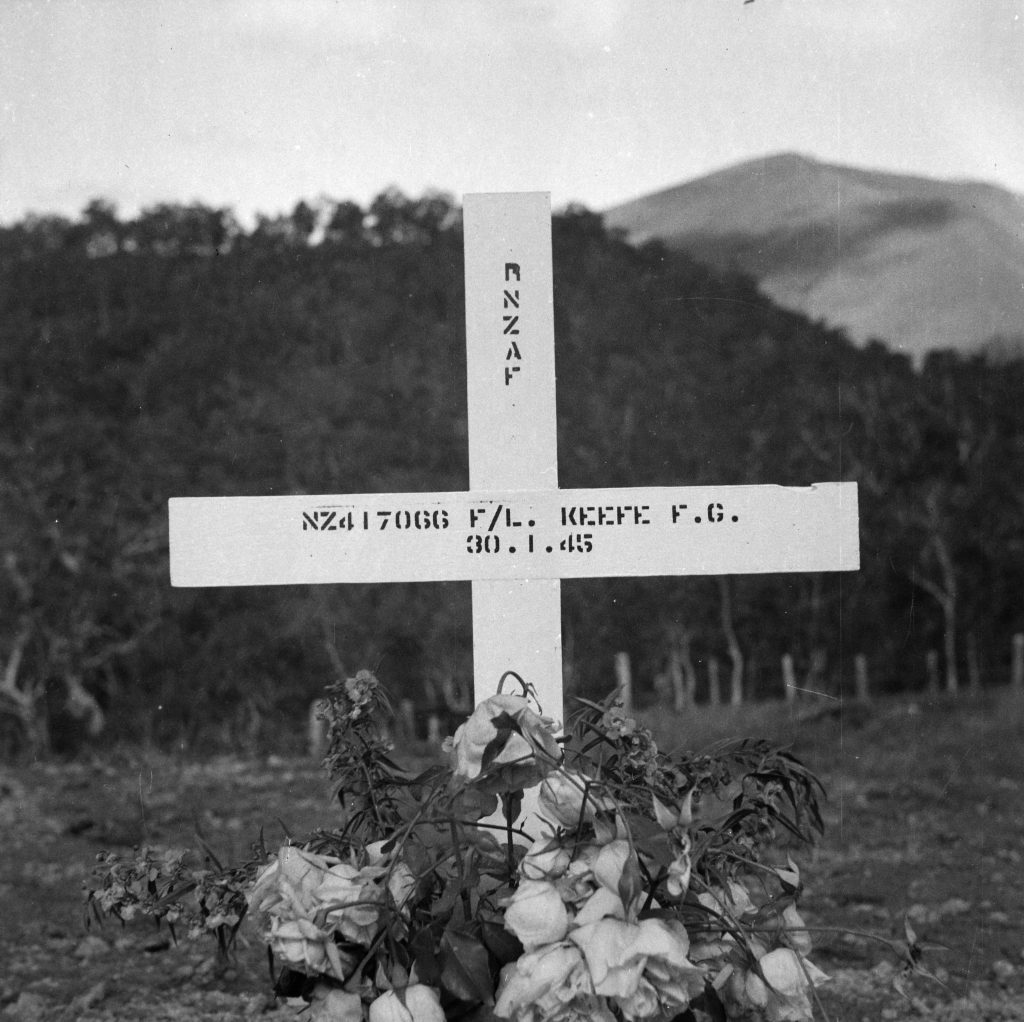
During a terrifying journey back to Green Island the surviving Corsairs ran into a tropical storm. Three aircraft crashed into the sea enroute, two collided and one more crashed trying to land at Green Island; the one other disappeared without trace. With Keefe, this meant the loss of eight pilots and aircraft in a single mission, which is the worst in the history of the RNZAF. The tragedy became known as ‘Black Monday.’
One of those Japanese who spoke of meeting Keefe was Kiyoshi Suzuki, a naval officer who spoke English and talked about New Zealand with the injured pilot. In 1988, Suzuki travelled to New Zealand, wishing to visit Keefe’s grave, not realising Keefe is buried with other Pacific casualties at Bourail, New Caledonia. He visited the Air Force Museum of New Zealand here at Wigram and this resulted in the presentation of this painting and a sum of money to fund the Roll of Honour.
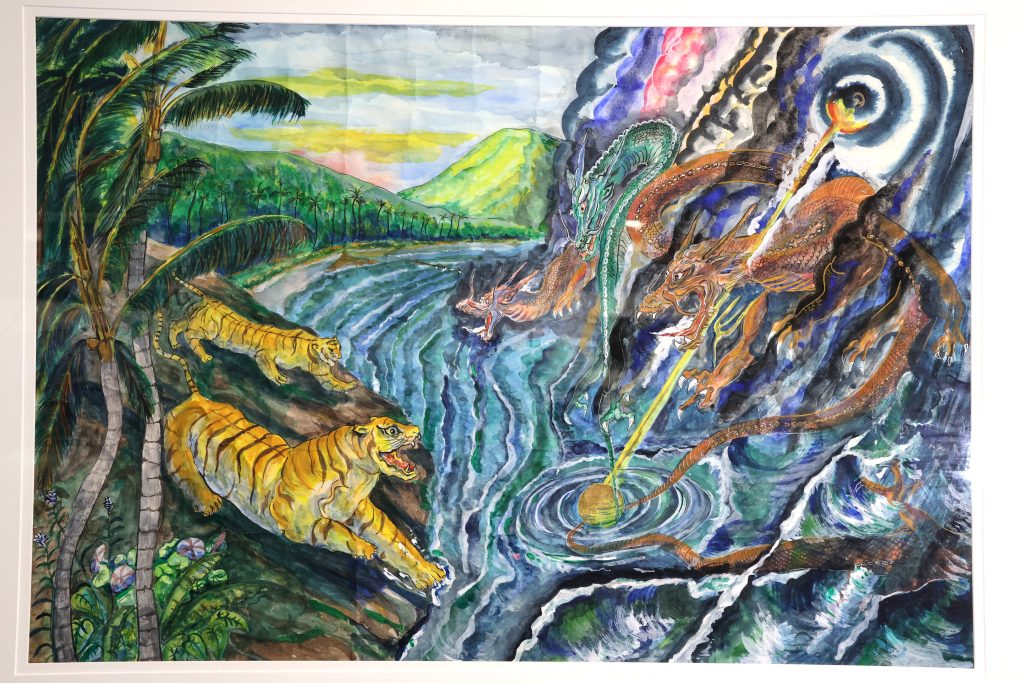
1990/052.1
Suzuki’s untitled painting is deep in traditional Japanese symbolic meaning. On the right had side are the fierce dragons, representing the RNZAF pilots. They are trying to protect Keefe, who is the ball or egg, floating in the harbour. On the left, prowling the shore are the Japanese forces, trying to prevent the rescue. The storm which killed seven more pilots is represented by the thunderclouds above.
It is a powerful depiction of a tragic event and attempt at reconciliation by a former enemy.
